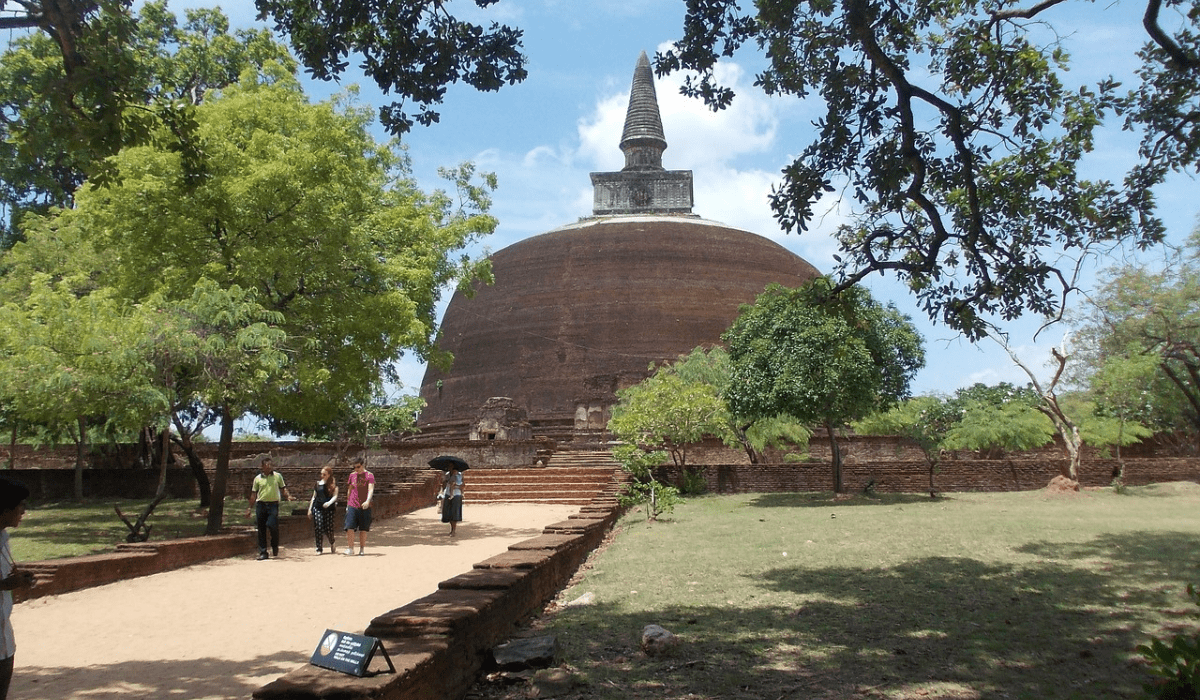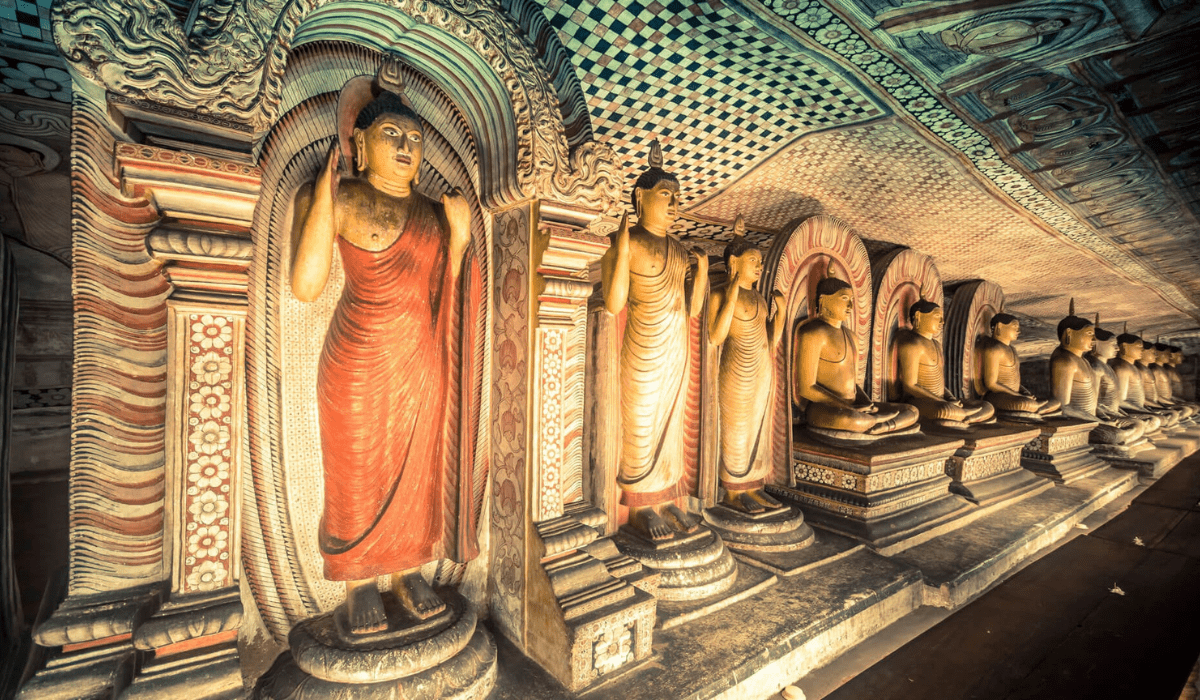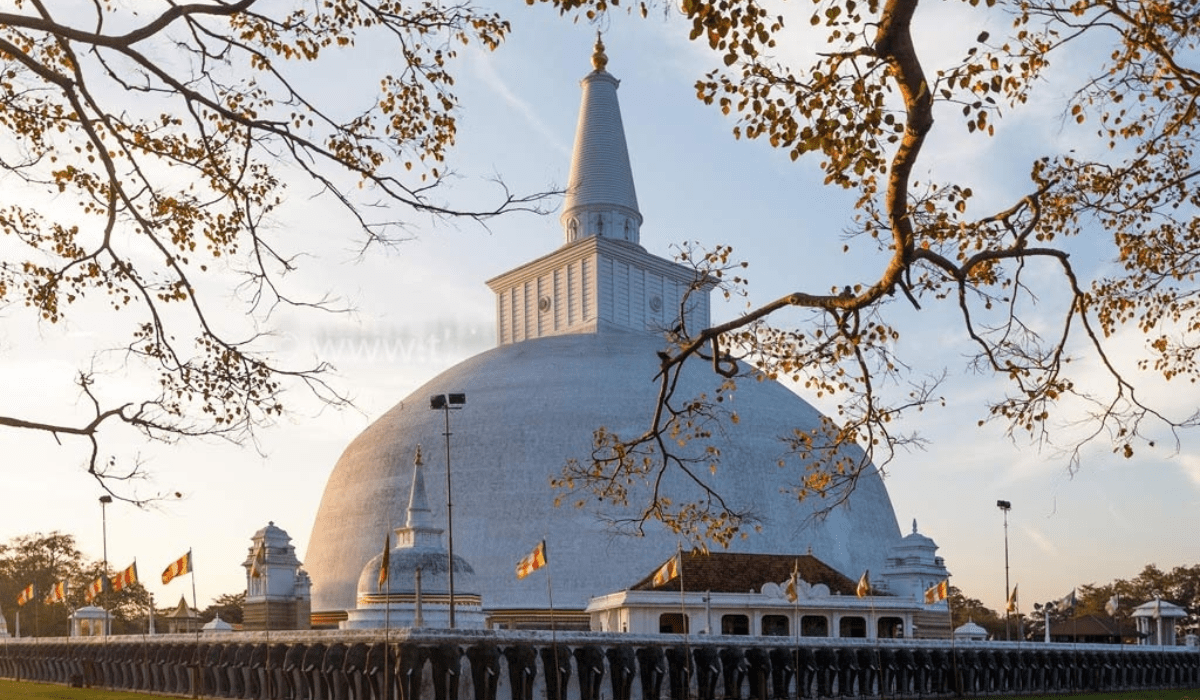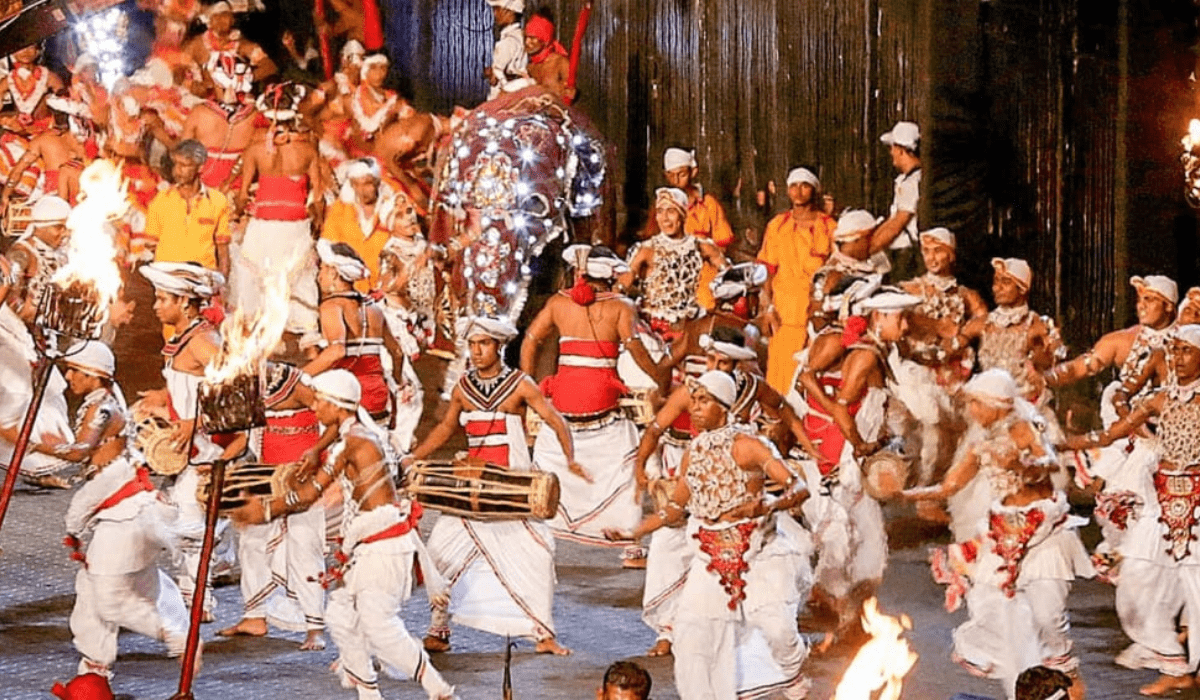Introduction
Table of Contents
Sri Lanka, an island nation steeped in history and tradition, is renowned for its deep-rooted Buddhist heritage. The temples of Sri Lanka are a testament to the country’s rich cultural and historical legacy, showcasing the vibrant craftsmanship and architectural brilliance that have been passed down through centuries. This article delves into the captivating world of Sri Lankan temples, highlighting their historical significance, cultural value, and impact on Buddhism in the region.
Historical Significance of the Temples of Sri Lanka
Ancient Origins
The history of Buddhist temples in Sri Lanka dates back to the introduction of Buddhism in the 3rd century BCE. This pivotal event occurred during the reign of King Devanampiya Tissa, who embraced Buddhism after being influenced by the missionary work of Mahinda Thera, the son of the Indian Emperor Ashoka. The establishment of the first temple, the Mahavihara in Anuradhapura, marked the beginning of Sri Lanka’s rich tradition of temple building.
Royal Patronage
Sri Lankan kings played a crucial role in the proliferation and enhancement of Buddhist temples. Monarchs such as King Dutugemunu, King Parakramabahu I, and King Kashyapa were instrumental in constructing grand temples that not only served as places of worship but also as centers of learning and cultural preservation. The temples built during these eras exhibit a fusion of local and foreign architectural styles, reflecting the island’s diverse influences.

Umandawa – Global Buddhist Village , Sri Lanka
Architectural Marvels and Craftsmanship
Intricate Designs
The temples of Sri Lanka are renowned for their intricate designs and exquisite craftsmanship. The use of stone, wood, and brick in construction, coupled with elaborate carvings and frescoes, creates a mesmerizing visual spectacle. The architectural styles vary from the simple and serene structures of the early Anuradhapura period to the more elaborate and ornate designs of the later Kandyan period.

Abayagiriya Temple – Anuradhapura
Iconic Temples
- Sri Dalada Maligawa (Temple of the Sacred Tooth Relic: Located in Kandy, this temple houses the sacred tooth relic of the Buddha, making it one of the most venerated sites in Buddhism. The temple complex is adorned with beautiful carvings and paintings that depict the life of the Buddha.
- Ruwanwelisaya: This ancient stupa in Anuradhapura, built by King Dutugemunu, is a masterpiece of Buddhist architecture. Its gleaming white dome and towering presence symbolize the glory of Buddhism in Sri Lanka.
- Gal Viharaya: Situated in Polonnaruwa, this rock temple features four magnificent Buddha statues carved into a granite cliff. These statues, each depicting the Buddha in different postures, are celebrated for their artistic precision and spiritual significance.
- Abayagiriya : Abayagiriya Temple dates back to the 3rd century BCE, making it one of the oldest and most significant temples in Sri Lanka. Built during the reign of King Dutugemunu, the temple was constructed to honor the Buddha and serve as a sacred site for Buddhist pilgrims. Over the centuries, the temple has undergone several renovations and expansions, with the most notable being the addition of the famous Dagaba, a large stupa that houses a relic of the Buddha. The temple’s architecture is a blend of ancient Sri Lankan and Buddhist styles. The main structure is a large dagaba, surrounded by a series of smaller stupas and shrines. The temple’s design is characterized by intricate carvings, sculptures, and ornate decorations, showcasing the skill and craftsmanship of Sri Lankan artisans.

Buddha Statues In Sri Lankan Temple
Cultural and Heritage Value
Centers of Learning and Culture
The temples of Sri Lanka have historically been centers of learning and culture. They played a crucial role in the preservation and dissemination of Buddhist teachings, art, and literature. Monastic education flourished within temple complexes, fostering a tradition of scholarly pursuit and intellectual growth.
Festivals and Rituals
Sri Lankan temples are also hubs of cultural activities and festivals. The Esala Perahera in Kandy, one of the most spectacular Buddhist festivals, features a grand procession with traditional dancers, drummers, and decorated elephants. Such festivals not only enhance the cultural vibrancy of Sri Lanka but also attract tourists from around the world, eager to witness the island’s rich heritage.
Impact on Buddhism
Spiritual Significance
The temples of Sri Lanka serve as spiritual sanctuaries where Buddhists can practice their faith and seek solace. The presence of sacred relics, such as the tooth relic in the Sri Dalada Maligawa, elevates the spiritual importance of these temples, making them pilgrimage sites for devotees from across the globe.

Ruwanwalisaya – Anuradapura , Sri Lanka
Promoting Buddhist Values
Sri Lankan temples play a vital role in promoting and preserving Buddhist values. The teachings of the Buddha, encapsulated in the art and architecture of the temples, continue to inspire and guide the faithful. Monks and lay practitioners engage in meditation, prayer, and communal activities within temple grounds, reinforcing the principles of compassion, mindfulness, and ethical conduct.
Conclusion
The temples of Sri Lanka are not merely architectural wonders; they are living embodiments of the island’s historical, cultural, and spiritual heritage. From the ancient stupas of Anuradhapura to the resplendent Sri Dalada Maligawa in Kandy, these sacred sites offer a glimpse into the profound impact of Buddhism on Sri Lankan society. By visiting these temples, travelers can immerse themselves in the rich tapestry of Sri Lanka’s past, experience its vibrant culture, and gain a deeper appreciation for its enduring spiritual legacy.
For global tourists seeking to explore the beauty and heritage of Sri Lanka, the temples provide an unparalleled opportunity to connect with the island’s soul. Plan your visit to the temples of Sri Lanka and embark on a journey that promises to be both enlightening and awe-inspiring.





Hi nice and very helpful